Much like historic fashion, hair has long since been a marker of one’s attributes such as social status, wealth, religion, age, marital status and position. Braiding is one of the most versatile, running from incredibly intricate patterns to simple plaits. Braids are also perfect for almost every occasion. Whether you’re in the office, at school, in the gym or even a wedding, there’s a braided hairstyle that is ideal for you.

It all started in Africa. In fact, the oldest known image of braiding was discovered along the Nile River, by an ancient burial site known as “Saqqara”. Braids were even etched into the back of the head of the Great Sphinx of Giza.
Here we take a look at 5 popular braiding styles we all love today and their true origin:
Ghana Weaving
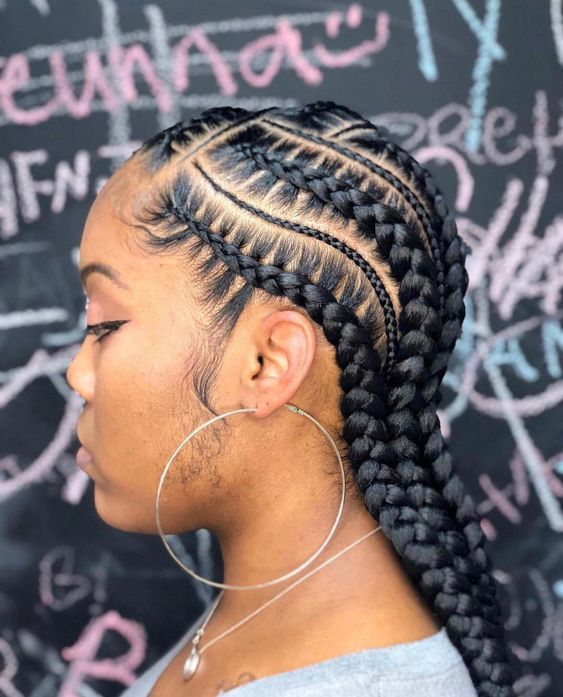
For centuries, they’ve been an integral part of many different Ghanaian ethnic, religious, social, and cultural traditions. Ghana braids, which today are also often referred to as banana braids or fishbone braids, can be traced all the way back to Africa. The earliest depictions of Ghana braids appear in hieroglyphics and sculptures carved around 500 BC.
Box Braids
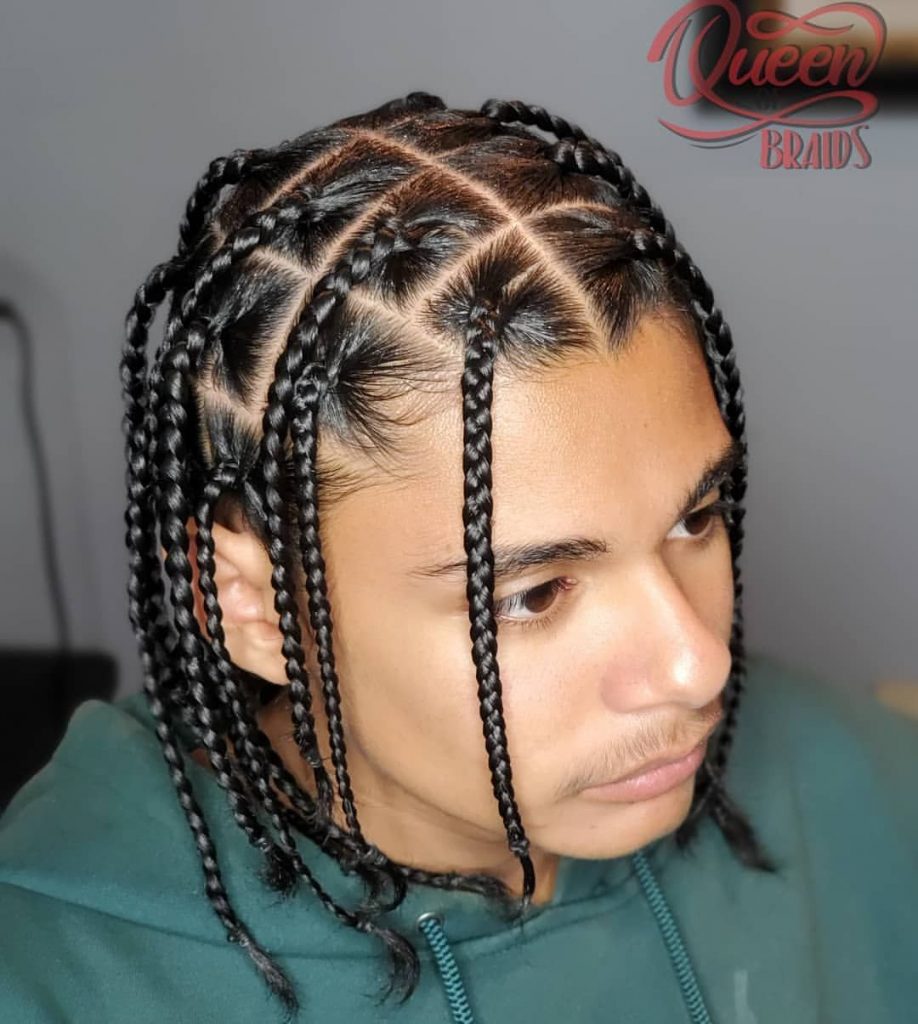
Box braids can be dated as far back as 3500 B.C. in South Africa. The box braids we all know and love today aren’t that different from the Eembuvi braids of Namibia or the chin-length bob braids of the women of the Nile Valley from over 3,000 years ago.
Cornrows
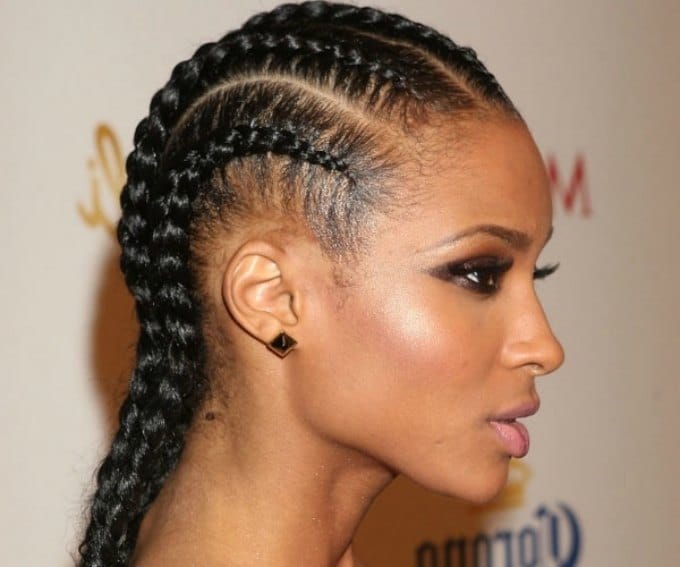
History tells us cornrows originated in Africa. Cornrows on women date back to at least 3000 B.C. and as far back as the nineteenth century for men, particularly in Ethiopia. According to author Toni Love, cornrows go back at least 3000 years for women and for men; it goes back to the 19th century throughout parts of Africa.
Goddess Braids
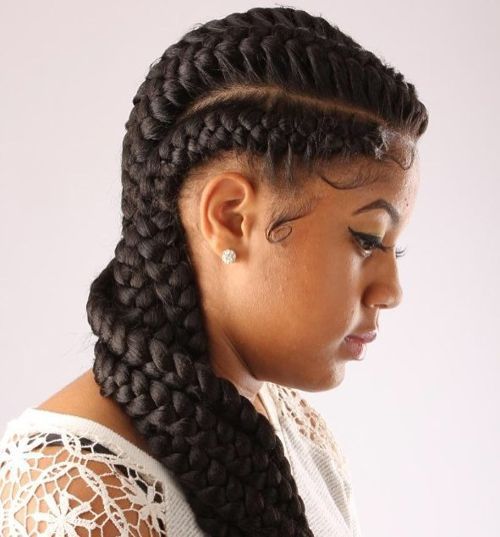
Goddess braids are essentially thicker cornrows. They’re bigger in size, raised higher, and are also braided closely to your scalp. Goddess braids share a similar history with cornrows in that the styles can be traced back to the times of Ancient Africa. The Goddess braids of this time, made a huge resurgence in the 2000s. Most often associated with Rastafarians and all things Jamaica, dreadlocks actually originated in, you guessed right, Africa.
Dreadlocks & Faux Locs
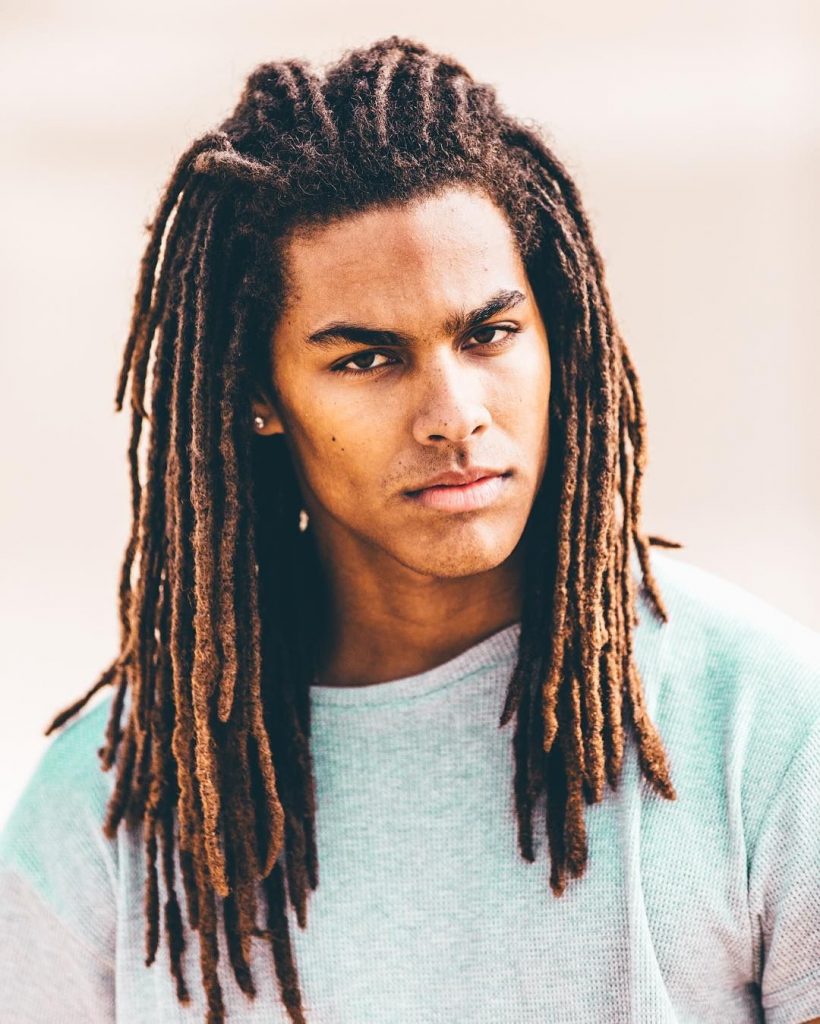
The first known examples of the hairstyle date back to ancient Egypt, where dreadlocks appeared on Egyptian artifacts. Mummified remains of ancient Egyptians with dreadlocks have even been recovered from archaeological sites. The Old Testament also recounts the tale of Samson and Delilah in which a man’s potency is directly linked to ‘the seven locks on his head’ and according to Roman accounts, the Celts were described to have ‘hair like snakes’ Germanic tribes, Greeks and the Vikings are all said to have worn dreadlocks too.
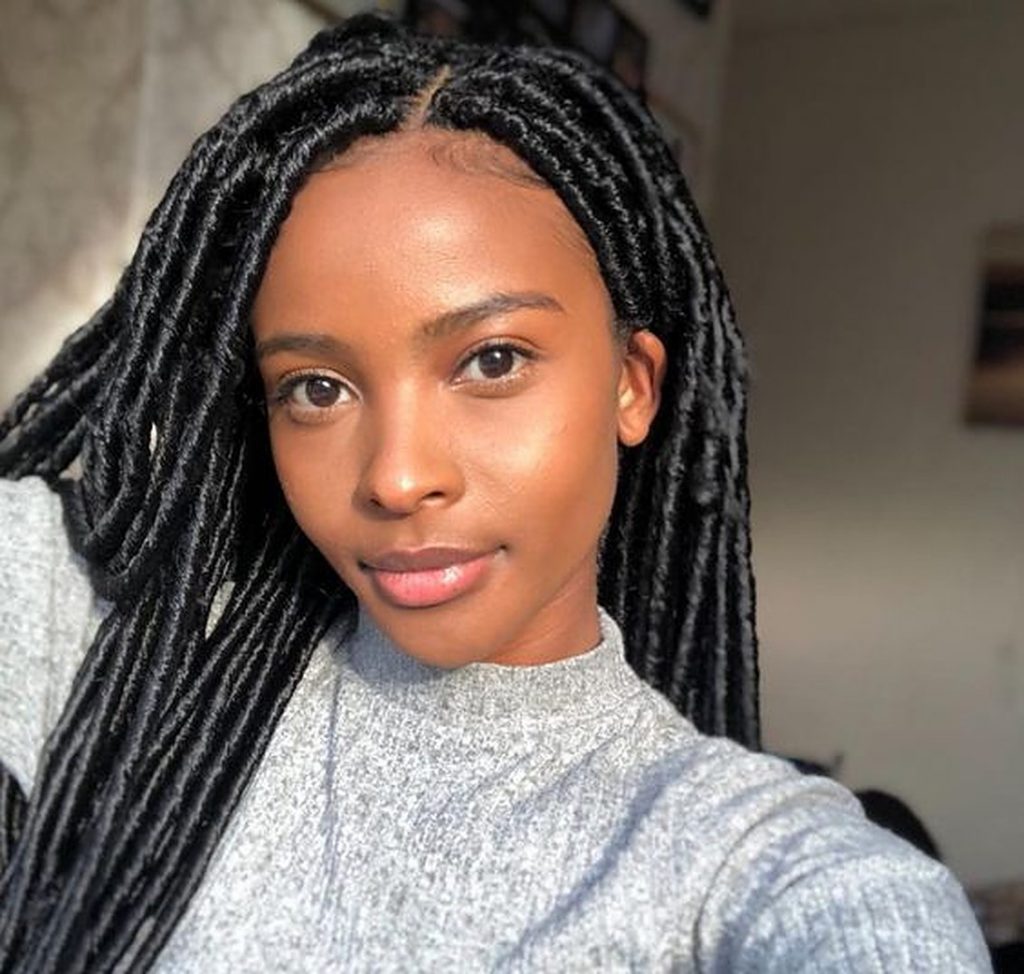
Rastafarianism however is something entirely separate. It was born in the 1930s when Ras Tafari was crowned emperor of Ethiopia. When the emperor was forced into exile during an invasion, guerrilla warriors swore not to cut their hair until the emperor was reinstated. Giving us what we know today as Faux Locs slightly bigger than the dreadlocks.
